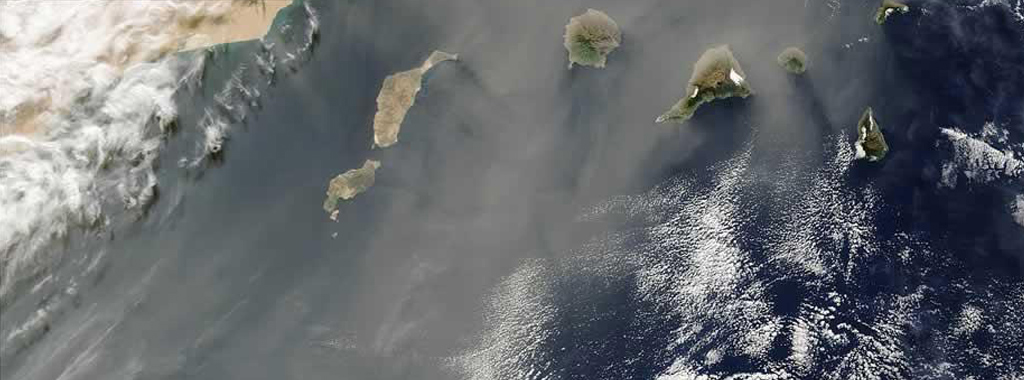The Joint Center for Earth Systems Technology (JCET) partnership, which just celebrated twenty years at UMBC, has renewed its cooperative agreement with the NASA Goddard Space Flight Center, bringing up to $46 million to JCET and UMBC over the next five years.
JCET was formed in 1995 as an innovative collaboration between the Earth Sciences Division of the NASA Goddard Space Flight Center and UMBC. Belay Demoz, physics, joined JCET as director in 2014. Danita Eichenlaub serves as administrative director.
“The work that goes on in JCET is an exceptional example of UMBC’s commitment to strengthening education and research through national partnerships,” says Karl Steiner, vice president for research.
For twenty years JCET has brought leading scientists to UMBC in research areas that align with NASA’s Earth science interests, such as climate and radiation, atmospheric chemistry and dynamics, and solar system sciences, including geophysics. UMBC is now ranked among the world’s top universities for geosciences (2015 Performance Ranking of Scientific Papers for World Universities).
Among JCET researchers making waves internationally is Jay Herman, a senior research scientist whose work recently made news with the launch of the Deep Space Climate Observatory (DSCOVR). Herman serves as an instrument scientist for this NASA-NOAA-Air Force mission, which will look at the Earth and solar wind from 932,000 miles away.
On the NASA Goddard campus, JCET is recognized as an often emulated model of a well-run university center that works seamlessly with a government laboratory. “Still,” says Demoz, “JCET remains distinctive among these leading research centers in its fundamental commitment to graduate and undergraduate education.” JCET researchers frequently teach and mentor UMBC students, and JCET scientists who have benefited from this dual focus on teaching and research have gone on to become leaders in their fields.
The center has contributed substantially to both undergraduate and graduate teaching through courses and seminars across disciplines, including the departments of physics, geography and environmental systems, chemistry and biochemistry, and mathematics and statistics. JCET faculty led the formation of UMBC’s internationally recognized atmospheric physics program, and graduate students in JCET work both at UMBC an on-site at NASA Goddard.
The Plains Elevated Convection at Night (PECAN) project, which wrapped up a marathon field campaign this July, is just one example of a compelling initiative with both important research and educational impacts.
Night time storms producing tornadoes, thunder, lightning, strong winds, and hail are notoriously difficult to predict. Through PECAN, scientists from 14 universities and eight research labs studied evening precipitation and convection in the plains to improve predictions of whether storms will stay elevated or make their way down to the surface. Demoz and JCET scientists Ruben Delgado, Kevin Vermeesch, and Brian Carroll, a graduate student in physics, participated in the field research, as well as two UMBC undergraduate interns. Since the team’s return, several UMBC undergraduates have focused on analyzing the resulting data. Their findings could lead to improved storm predictions, providing invaluable information for communities at risk of severe weather.
“With a proven track record of successful partnerships like PECAN,” says Demoz, “JCET is paving the way for groundbreaking UMBC collaborations with NASA and other agencies, shaping the future of Earth sciences.”
Image: Dust storm over the Canary Islands. Photo by NASA
Tags: ChemBiochem, CNMS, GES, JCET, majoraward, MathStat, Physics, Undergraduate Research

